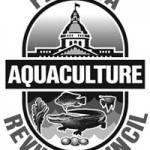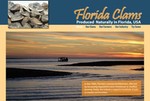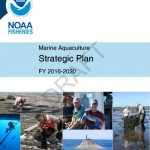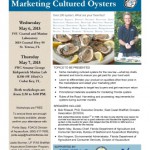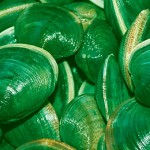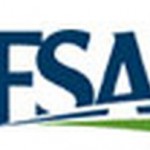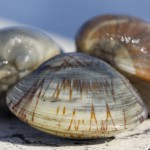
Genetic Health of Wild and Cultured Florida Clam Stocks
So how much genetic diversity is present in hard clam hatchery stocks in Florida relative to the state’s wild populations? This was the focus of research conducted by Dr. James Austin and his doctoral student, John Hargrove, with the UF IFAS Department of Wildlife Ecology and Conservation. In order to address this question, samples were collected from six commercial clam hatcheries along with four wild populations sourced from the east coast of Florida. A standardized set of genetic markers was used to test if there were significant differences among the various sources.



